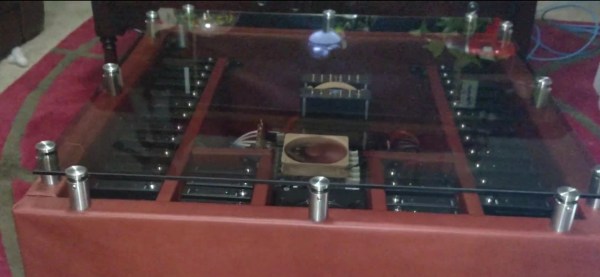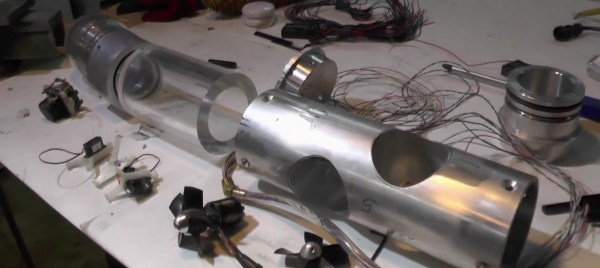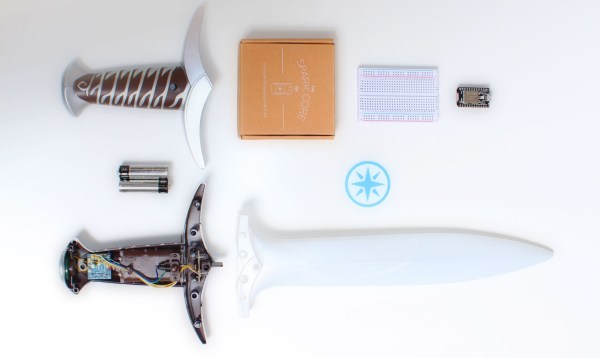The shocking thing is not that this happened. The shocking thing is how normal it seems. An astronaut inside a space station needed a ratcheting socket wrench. Someone else on Earth drew it up on a computer then e-mailed the astronaut. The astronaut clicked a button and then the tool was squirted out of a nozzle. Then he picked up and used the tool for the job he needed done. No big deal.
The story itself is almost uneventful – of course we can do these things now. Sure, it happens to be the first time in mankind’s history we have done this. Yes, it is revolutionary to be able to create tools on demand rather than wait months for one to be built planet-side and put onto the next resupply rocket. But, amateurs living in places without even widespread electricity or running water have already built these machines from actual garbage.
Every once in a while a story slaps us with how much the future is now.
These particular 3d prints were duplicated on the ground, and both sets preserved for future comparative analysis to see if microgravity has any effect on 3d prints. They have an eye on sending them to Mars, a journey where resupply is more than just a couple-month inconvenience.
See the first link above for more detail and photos of NASA’s 3d printer and the Microgravity Science Glovebox in the Columbus laboratory module.


















